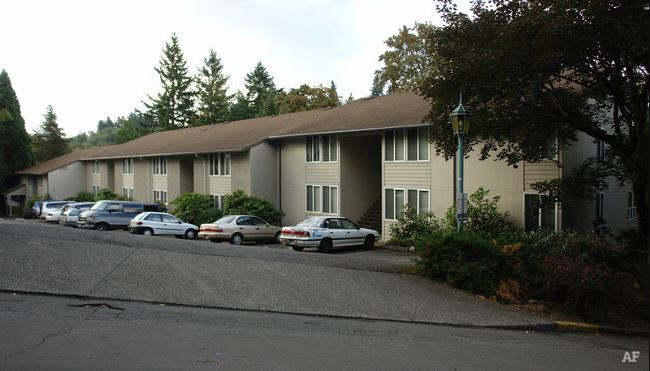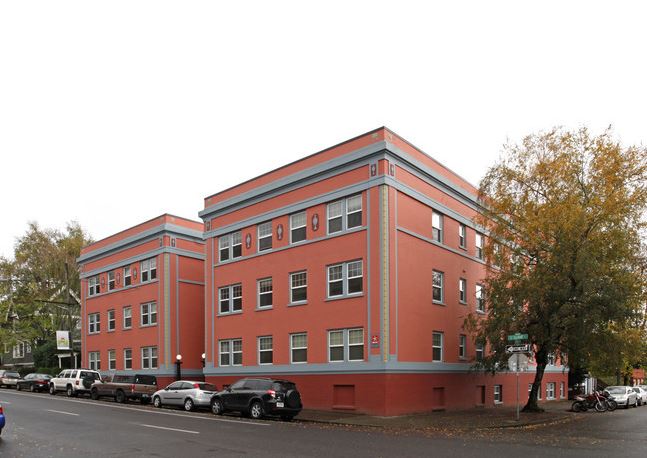
A Few Thoughts on Filtering
In housing economics, a the concept of “filtering” is often thrown around. The premise is simple: as newer and more luxurious housing is built, the wealthiest people move into those buildings. The next-wealthiest group moves into the old digs of the wealthiest, and this increase in supply gradually works its way down through the entire income spectrum, eventually resulting in lower housing costs for everyone.
Currently, in major cities around the US and Canada, developers are building an outsized share of apartments at the very high end of the market. If you live in or have visited NYC lately, for instance, you’ve noticed the huge amount of construction happening in midtown just south of Central Park. Nicknamed “Billionaire’s Row”, West 57th Street will soon host many new units priced north of $50 million. The efficacy of filtering is often argued in response to people who are worried by how focused private developers are on the very top of the market. Proponents of filtering argue that even if high end development doesn’t immediately benefit middle and low income households, they will eventually receive some benefit from the new development. Filtering has a long history of proponents (including Jane Jacobs, who argued that the maintenance of old buildings would allow less-profitable companies to survive), and indeed there is some evidence that filtering really does result in the long run in lower prices for everyone. (If you think this whole filtering concept sounds an awful lot like trickle-down economics, you’re not alone; the basic premise is that everyone benefits when the wealthiest benefit first. Thankfully, there’s more evidence that filtering actually works than tax cuts on the wealthiest)
This week, City Observatory ran a piece called “How Luxury Housing Becomes Affordable“. Overall, they did a nice job with it, focusing in large part on evidence from development in Portland, Oregon. I do subscribe in large part to the theory of filtering, and that building at any place in the market is no building at all. I do think, however, that filtering is one strategy among a few that we need to use in our arsenal. While the City Observatory piece focused on the benefits of filtering, I want to spend a little bit of time on where their arguments were weak, and where these weaknesses point to the need for a more active role from governments than simply being satisfied with high-end development.
In the blog post, the authors used a few examples of developments in Portland that were considered luxury buildings when they were first built in decades past. The Timblerlee Apartments in Bridlemile (misidentified in the article as Raleigh Hills… This Raleigh Park Elementary School kid chafes!), for instance, were featured in an article in The Oregonian on luxury developments when they were built in the 1960s. Much like today, The Oregonian commented on the “breathless rate” at which luxury units were “sprouting” in Portland. Today, the Timberlee Apartments hardly look like the homes of luxury they were considered back then:

As the City Observatory piece notes, “While none of the units are currently for rent, according to Apartments.com, rents in the area run from about $1,000 for studios and one bedroom to $1,300 and more for two bedroom and larger apartments.” They’re right: what once was luxury is no longer, considering that the median rent for a one-bedroom apartment in Portland now tops $1,500.
What City Observatory ignores, however, is that even $1,300 per month is hardly affordable for lower middle and low income families. Housing is generally considered affordable if a household spends less than 30% of its income on housing costs. When determining a household’s ability to pay, the housing industry usually talks in terms of what percentage a household’s income is of Area Median Income, or AMI. In Portland, the AMI for a family of 3 is $67,230. Therefore, an apartment is considered affordable for a family of 3 at 50% of AMI if rent is at or below $840 ($67,230 * 50% AMI * 30% for housing costs / 12 months) per month – far below the $1,300 estimated by City Observatory. In the case of the Timberlee Apartments, filtering of luxury units has resulted in solidly middle-income housing, but even 50 years later has fallen nowhere near affordable for low-income households.
The other omission from the City Observatory piece is the discussion of how long this process can take. The Timberlee Apartments were one of two examples used in the post. The other example, Belmont Court, was built in 1910. Rents at Belmont Court are higher than the rents at the Timberlee Apartments despite the fact that the building is more than a century old.
 While rents here aren’t luxury, they are once again out of the reach of low-income households despite being more than 100 years old. Certainly, we need to think about long-term affordability in our cities. However, arguing that development happening today will benefit middle-income families in 2117 doesn’t do a whole lot to address the current affordability crisis. This is no knock against the validity of filtering, but points rather to the fact that it is unable to address all of our affordability needs.
While rents here aren’t luxury, they are once again out of the reach of low-income households despite being more than 100 years old. Certainly, we need to think about long-term affordability in our cities. However, arguing that development happening today will benefit middle-income families in 2117 doesn’t do a whole lot to address the current affordability crisis. This is no knock against the validity of filtering, but points rather to the fact that it is unable to address all of our affordability needs.
The final point overlooked by City Observatory is the changing role played by luxury apartments over the past few decades. To be sure, high end housing has always played a role as an investment vehicle through both its income producing capacity (by removing the need to pay rent) and for later resale. However, in an age in which capital can freely move across continents and borders, the significance of luxury housing as an investment product has increased dramatically. Stories now about of international businessmen buying property in New York, San Francisco and Vancouver in order to protect their capital and perhaps even grow it. It’s unclear to me how the process of filtering will or won’t change in a world in which the the importance of luxury housing as housing is decreasing and its importance as investment is increasing. It doesn’t seem too implausible to imagine owners of these assets being even more interested in maintaining their value than luxury owners in previous generations.
The simple truth is that we do need to be building more. But as I wrote a few months ago, YIMBYs need to be aware of the limitations of an anything-goes building mentality. I strongly believe that most proponents of building more are aware of the limitations, but we need to be better about acknowledging that while luxury buildings will likely marginally improve affordability in the long run, they are unlikely to do much of anything to address housing affordability in the short run. Both time horizons need to be addressed. At the end of the day, filtering will play an important role in ensuring housing affordability, but it’s no magic bullet – like vouchers, public housing, and inclusionary zoning, it will be one tool among many.